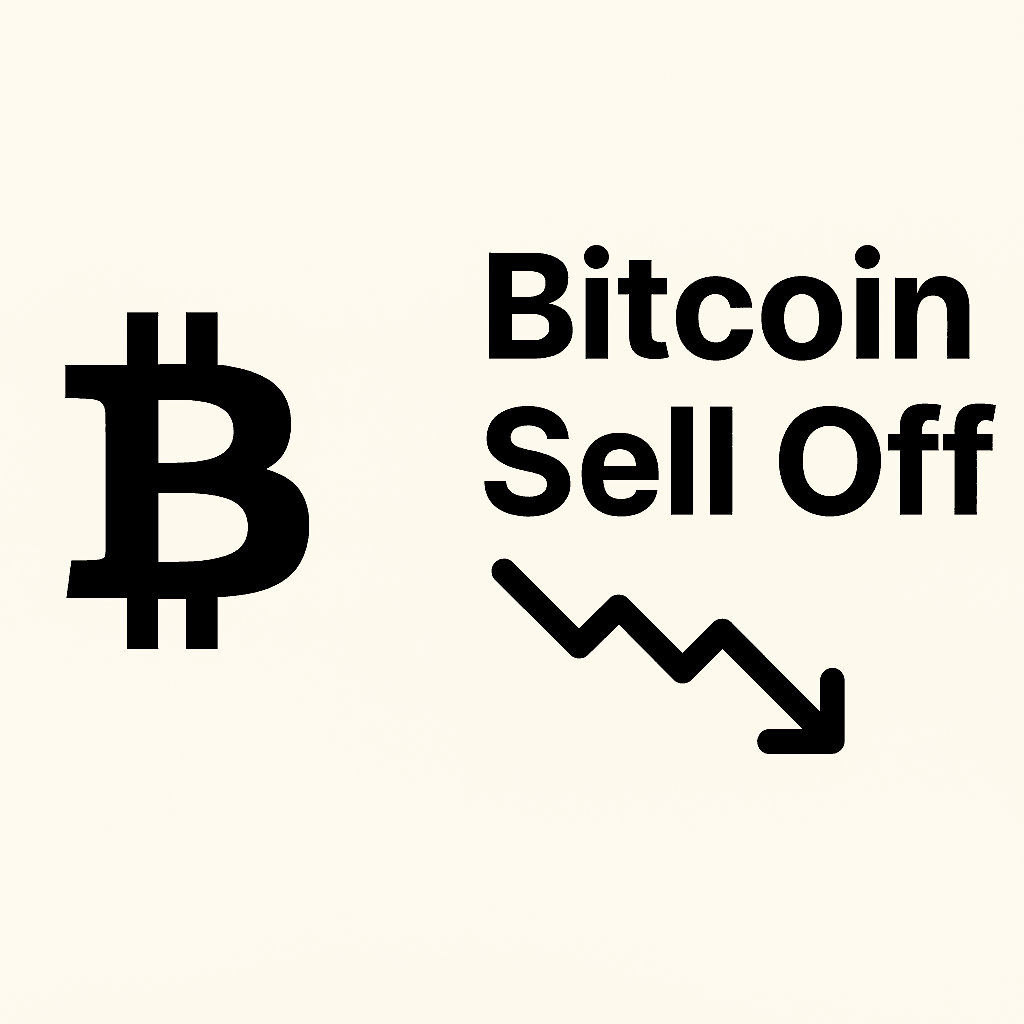
Table of Contents
Bitcoin’s price action in November 2025 has been anything but boring. After flirting with all-time highs near $126,000 just weeks ago, the world’s largest cryptocurrency plunged below $90,000—its lowest level in six months. Traders are rattled, headlines are flying, and the crypto market is bleeding red.
But what’s really behind this selloff? Is it just another dip in Bitcoin’s volatile journey, or are deeper forces at play?
Let’s break it down.
The Selloff: What Just Happened?
On November 18, Bitcoin tumbled 5.1% to $90,110, dragging Ethereum and other altcoins down with it. This marked a sharp reversal from October’s bullish momentum, when BTC surged past $120,000 on the back of ETF optimism and institutional inflowsAnalytics Insight.
Now, the narrative has flipped. Fear is back. Liquidity is drying up. And traders are asking: Is this the start of a deeper bear phase?
Reason #1: ETF Outflows and Institutional Rebalancing
One of the biggest catalysts for Bitcoin’s recent strength was the launch of spot Bitcoin ETFs. These products allowed traditional investors to gain exposure to BTC without holding the asset directly. But in November, ETF inflows stalled—and outflows began.
According to AMBCrypto, Bitcoin is facing its second-biggest ETF outflows since launch, with billions pulled from institutional products. This sudden reversal in sentiment has spooked the market, especially as quarterly returns disappointed and fund managers rebalanced portfolios.
Reason #2: Macro Uncertainty and the Fed’s Next Move
The U.S. government shutdown earlier this year delayed key economic data. Now that the data is flooding in, traders fear the Fed may pivot back to hawkishness. Rate hikes—or even the threat of them—can crush risk assets like crypto.
As Crypto2Community reports, panic selling surged as Bitcoin broke below $100K, with trading volumes spiking 53% in a single day. This suggests that many traders are bracing for tighter monetary policy and a risk-off environment.
Reason #3: Mt. Gox Wallet Activity and Legacy Fears
Yes, Mt. Gox is still haunting the market.
Recent wallet activity linked to the defunct exchange triggered fears of large-scale BTC liquidations. While no major dumps have occurred yet, the psychological impact is real. Traders remember the 2014 crash—and they’re not taking chances.
Analytics Insight noted that Mt. Gox wallet movement was one of the key drivers of bearish sentiment this month.
Reason #4: Tech Selloff and AI Bubble Concerns
Bitcoin isn’t falling in isolation. The broader tech sector has also seen a pullback, especially stocks tied to the AI boom. CNBC reported that investors are backing off risk assets amid concerns about inflated valuations in AI-driven equities.
Since crypto often trades in tandem with high-growth tech, this spillover effect has added pressure to BTC’s price.
Reason #5: Liquidity Crunch and Thin Order Books
Business Insider highlighted that waning liquidity is amplifying volatility. As large players exit or reduce exposure, order books thin out—making price swings more dramatic. This is especially true during weekend sessions or low-volume hours.
What’s Next? Bullish Forecasts Still in Play
Despite the selloff, some analysts remain optimistic. Investopedia reports that bullish year-end targets range from $120,000 to $200,000, with many seeing the current dip as a healthy reset.
Standard Chartered’s Geoffrey Kendrick even called the decline “part of a recurring pattern,” suggesting a rally into year-end is still possible.
How Traders Can Navigate This Volatility
If you’re trading Bitcoin during this storm, here are a few tips:
- Watch ETF flows: They’re a leading indicator of institutional sentiment.
- Track macro data releases: CPI, jobs reports, and Fed minutes can move markets.
- Use Volume Profile and liquidity maps: Thin zones can lead to fast moves—both up and down.
- Avoid leverage during uncertainty: Volatility cuts both ways.
- Zoom out: BTC is still up significantly year-over-year.
Final Thoughts: Shakeouts Are Part of the Game
Bitcoin’s November selloff is a reminder that crypto doesn’t move in a vacuum. It’s tied to macro trends, institutional flows, and even ghosts from the past like Mt. Gox.
But volatility is also opportunity. For traders who understand the landscape—and stay nimble—this could be the setup for the next breakout.
Sources:
- Investopedia – Bitcoin Is Recovering After a Selloff
- Analytics Insight – Bitcoin Tumbles 5.1%
- Analytics Insight – Bitcoin Price Holds at $103K
- Crypto2Community – Why BTC Could Drop to $90K
- Yahoo Finance – Bitcoin Volatility Vacation Over?
- AMBCrypto – November Turns Historic
- Gate Learn – Bitcoin Falls Below $100K
- Business Insider – Why Bitcoin Is Falling
- CoinDesk – Sell-Off Likely Complete
- CNBC – Bitcoin Falls Below $100K
Legal Disclaimer
This article is for educational purposes only and does not constitute financial advice or a recommendation to buy or sell any specific securities. Always consult with a licensed financial advisor before making investment decisions. This post may include affiliate links. If you click and purchase, I may receive a small commission at no additional cost to you.

About Daniel M.
Founder of Nice Breakout
founder of Nice Breakout is a seasoned professional with over 5 years of dedicated experience navigating the intricacies of financial markets, particularly utilizing the Thinkorswim platform. His passion lies in empowering traders and investors by providing insightful analysis and cutting-edge tools.


